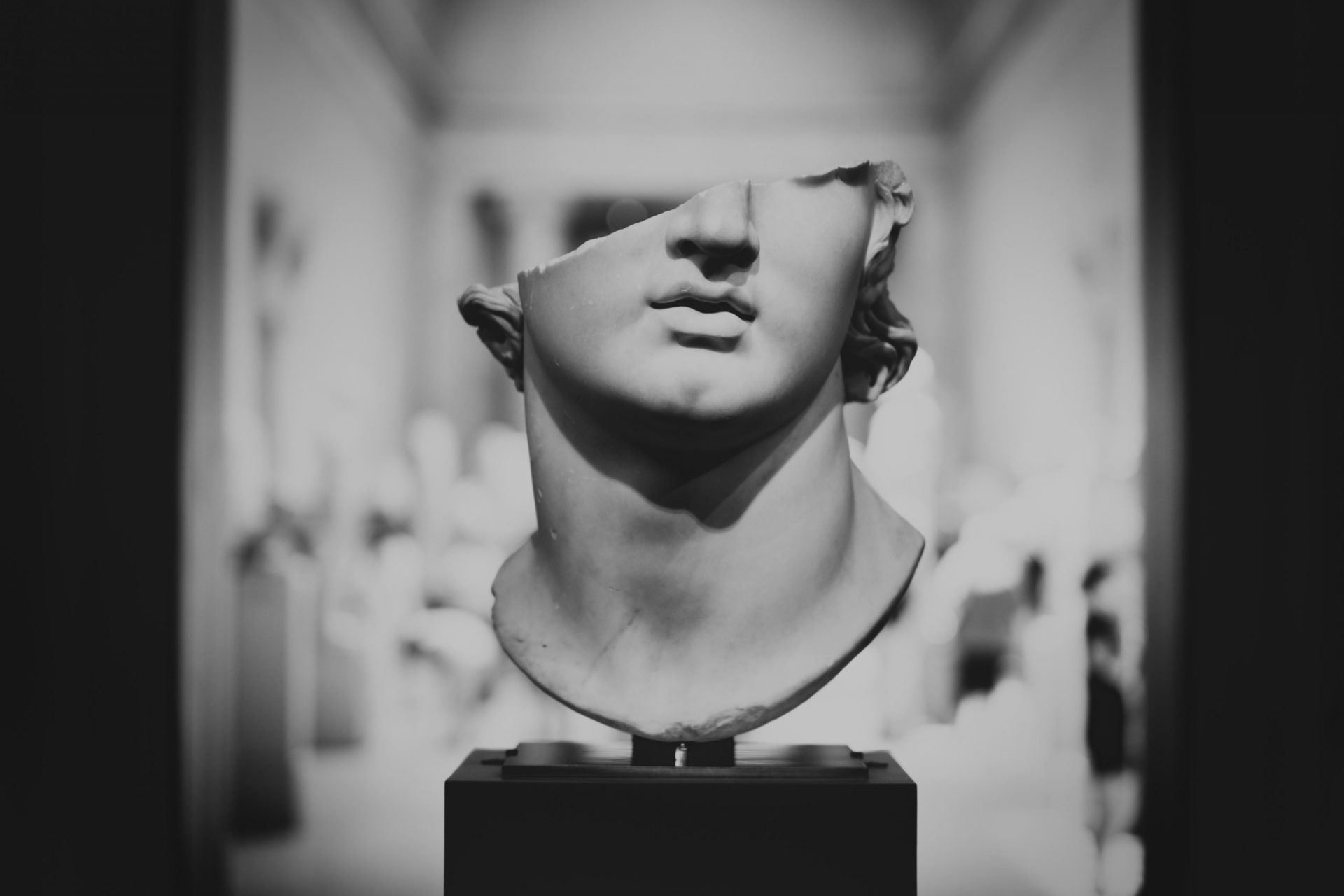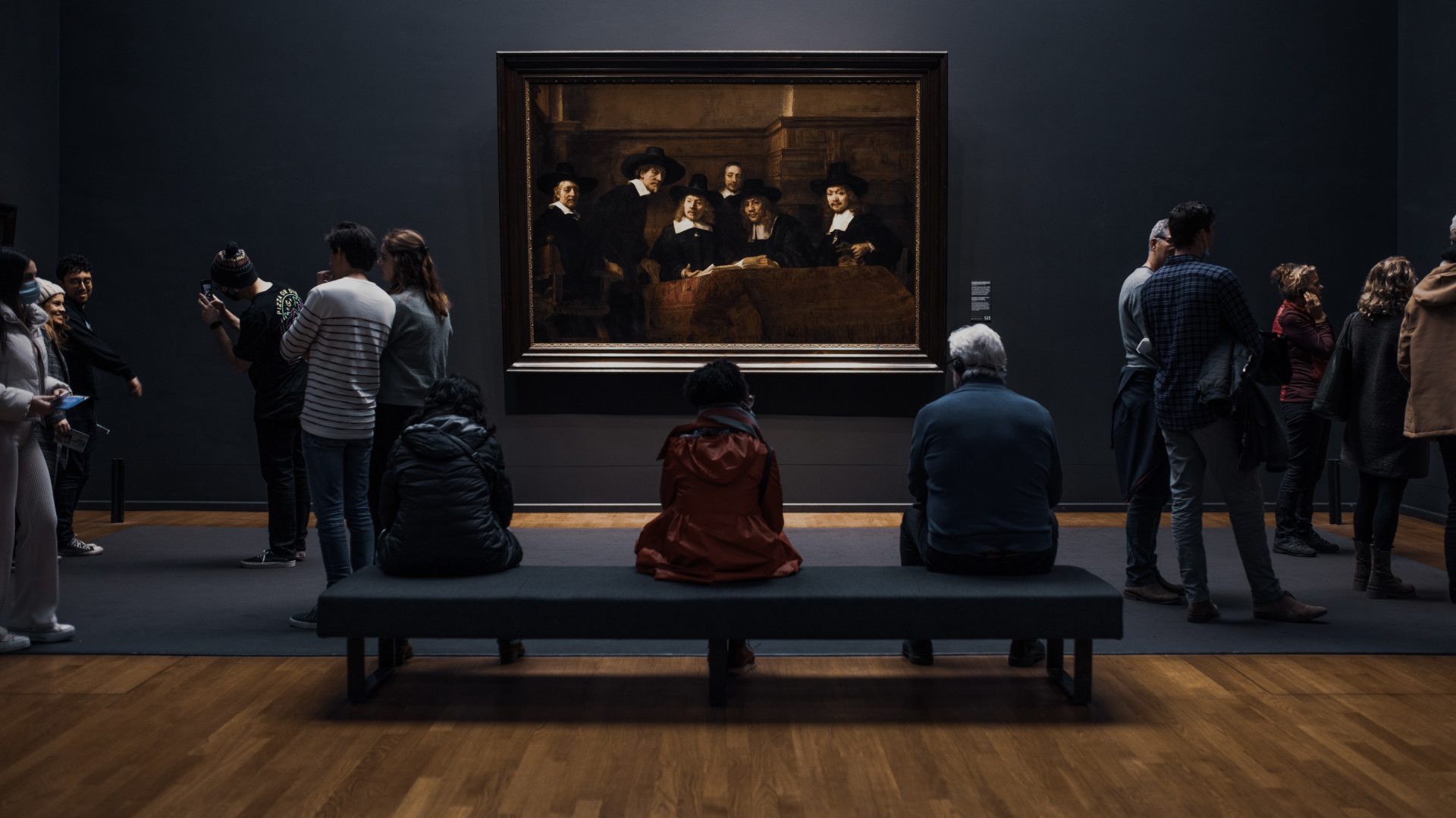An approach to planned and preventive conservation
Updates
Anyone, at least once in their life has uttered or heard the saying “prevention is better than cure”, a phrase which is perfectly applicable to different areas, including that of cultural heritage.
In this article we will talk about an approach to the safeguard of artworks that aims at taking care of them through compliance with specific preventive measures to avoid running into the extreme necessity of restoration: conservation is planned and preventive.
What are we talking about?
We are talking about a method of managing and safeguarding the works of art based on prevention and planning of interventions.
The safeguarding of the cultural and artistic heritage is an important cause that involves not only professionals of the sector, but the whole of humanity. The purpose of conservation is in fact to guarantee future generations the intact transmission of our memory expressed through the highest manifestations of human endeavour. The first step towards this goal is certainly the respect for these assets.
In the last few decades, the focus of those working specifically in the sector of cultural and artistic heritage has moved from restoration to planned and preventive conservation. This method is through a series of coordinated and planned operations aimed at avoiding the reaching of dangerous situations that could jeopardise the integrity of the artwork and at slowing down the natural process of ageing.
From legislation to theory
The theory behind this predictive practice is supported by Legislative Decree 42\2004, The Cultural Heritage and Landscape Code, specifically in Section II (Conservation Measures) Article 29: “Conservation”.
The article sheds light on the complex meaning of conservation, from which are derived those of prevention, maintenance and restoration, and mentions:
- Conservation of the cultural heritage is ensured through coherent, coordinated and planned study, prevention, maintenance and restoration activities;
- Prevention is defined as the set of activities aimed at limiting risk situations related to the cultural heritage in its context;
- Maintenance means the set of activities and interventions aimed at controlling the condition of the cultural object and maintaining the integrity, functional efficiency and identity of the object and its parts;
- Restoration means the direct intervention on the good through a series of operations aimed at the material integrity and recovery of the good itself, and the protection and transmission of its cultural values;
This legislative framework represents a summary outline of the method of preventive conservation: the further we move away from the heart of the decree, i.e. conservation, the more the operations necessary to guarantee it take on a direct and incisive impact on the works, becoming preferably avoidable.

Indirect action: prevention through study and monitoring
So, following a careful phase of investigation and study, prevention is the main way to enable optimal conservation of the works of art.
Prevents means first of all keeping the health status of the works stable and primary activity that allows it is the monitoring of both exogenous factors such as temperature, humidity, light pollution and dust, as well as endogenous ones, which are those relating to the material aspect, which is dynamic by nature since it is subjected to the enriching and inexorable flow of time.
The ageing of constituent materials is a spontaneous and inevitable process which cannot be remedied. It is though possible to take the reins of this race against time to slow a dynamic often accelerated by external agents.
The first necessity is hence that of constantly monitoring and documenting two factors: the intrinsic state of conservation of the assets and the environment in which they are placed.
When it comes to documentation and monitoring of the work, the Condition Report is the main model. This is usually drawn up on the occasion of exhibitions or movements of the object following a careful and scrupulous inspection by restorers who note, together with the work’s details, any degradation noticeable on its surface.
The set of these documents compiled over time constitutes a complete and accurate historical record of the conservation history of the asset to be periodically referred to. Condition Reports are always supported by photographs attesting to that specific state of preservation, and it is here in this piece that AerariumChain’s mission comes in; by combining high-definition 3D scanning technology, blockchain and artificial intelligence, it aims to make the delicate and fundamental process of monitoring works of art more secure and objective.
If you are interested in learning more on the Condition Report topic and find out more on these precious documents, click here and read our previous article on the subject!
Once a picture on the conservation status of the artwork has been obtained, monitoring is extended to all the variables linked to the environment in which it is placed and which inevitably affect its skin. It is therefore fundamental to stabilise parameters such as: air temperature and humidity, ventilation and air exchange between the internal and external environment, natural and artificial light radiation, dustiness of the environment.
Crucial in achieving these aims is the contribution offered by technology, which allows these values to be measured and kept under control with specific equipment and codified procedures.
The main function of this double preventive action is to avoid direct interventions, but where these measures are not enough, operations carried out on the works by the hand of experts will be necessary, be they simple maintenance or actual restoration.
Direct action: maintenance and restoration
Ordinary and extraordinary maintenance operations, such as dusting, dry cleaning or minor consolidation, aim to maintain the state of conservation of the works unchanged and are usually quick and minimally invasive. The former are planned during the preventive investigation phase, the latter, on the other hand, precisely because they are extraordinary, do not fall within the spectrum of planned actions, but since they are not excessively invasive, they can be carried out on site without requiring the work to be moved to a restoration laboratory.
Should, however, more complex conservation problems arise, an ad hoc restoration will have to be carried out, aimed at restoring the material integrity of the work to ensure its transmission to the future.
Preventive and planned conservation therefore sets itself the noble goal of maintaining the works’ state of health unchanged, rigorously orchestrating its movements and constantly monitoring both internal and external conditions, so as to avert the urgency of excessively invasive direct interventions.
An almost impalpable but enveloping care, which aims to protect cultural heritage treasures with the support of the virtuous and successful conjunction of science, technology, restoration and art history.


Request an estimate
Rely on AerariumChain to improve your museum experience, and preserve your cultural heritage.
Contact us
